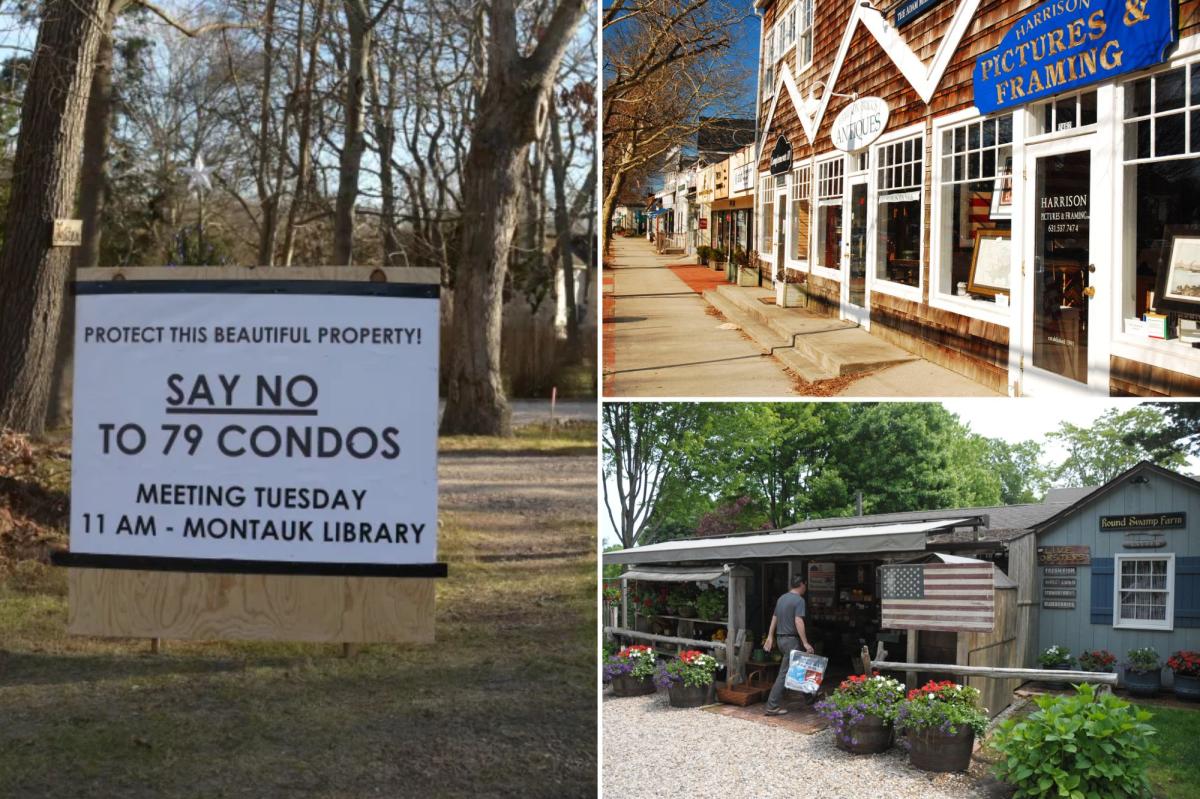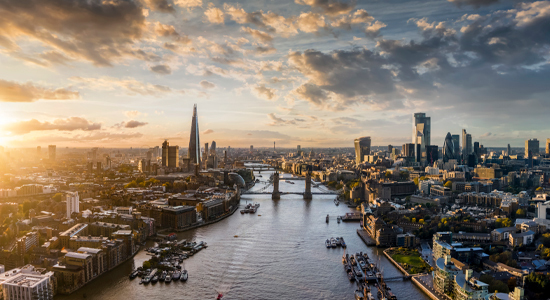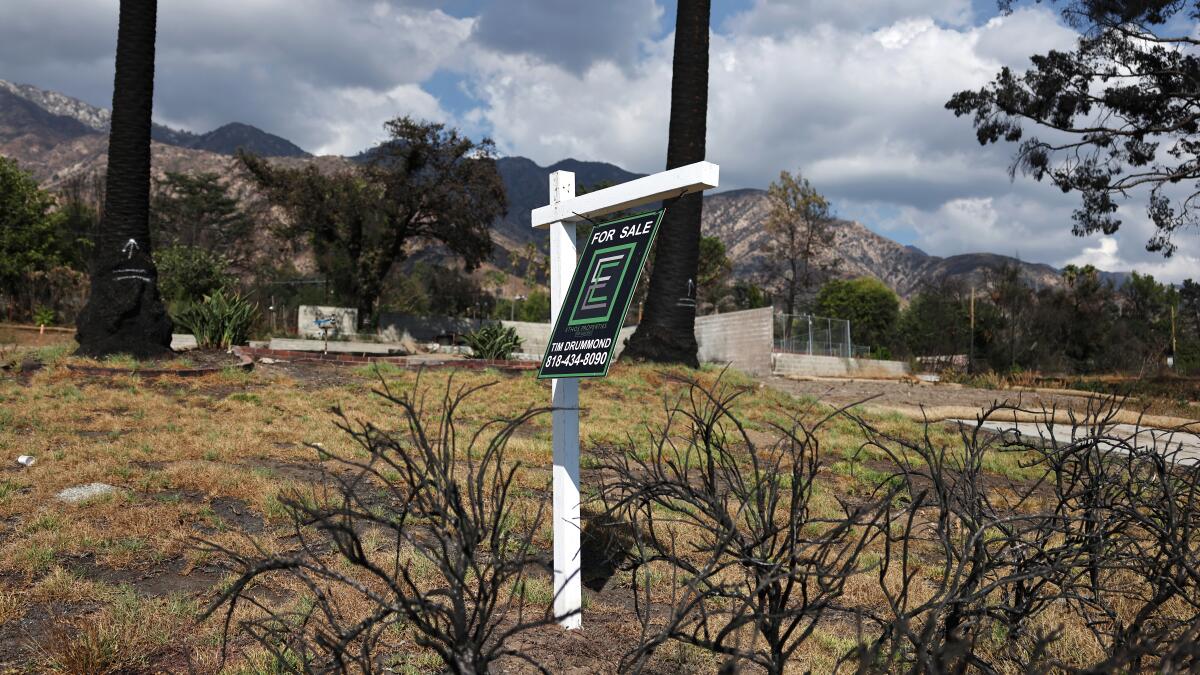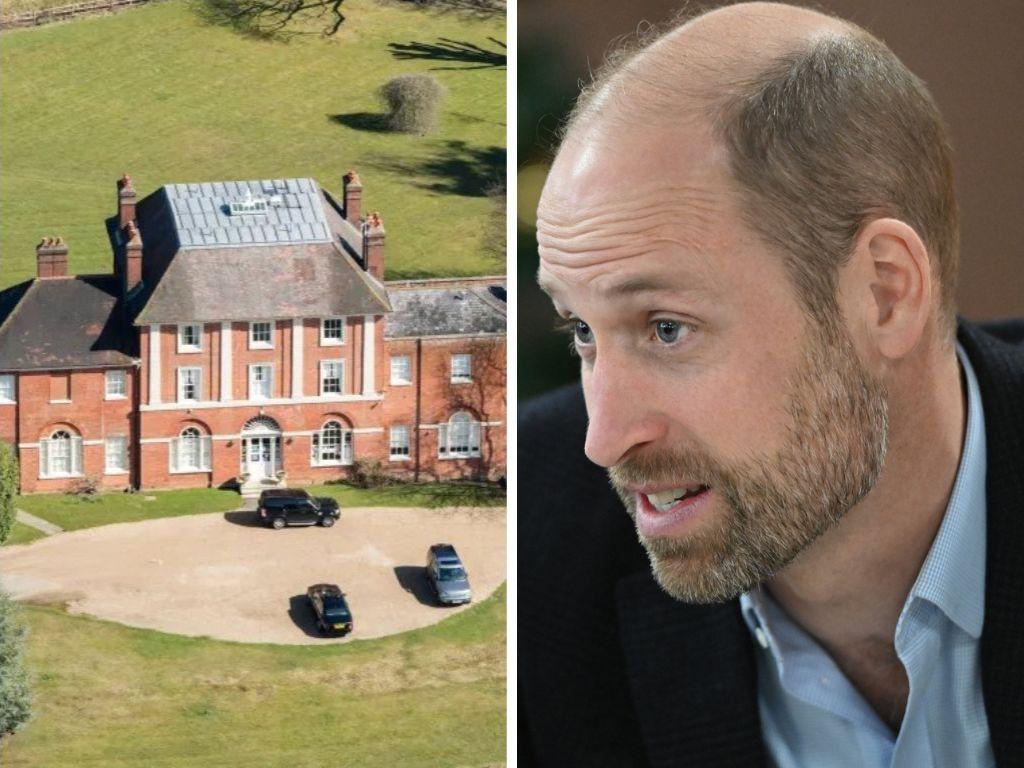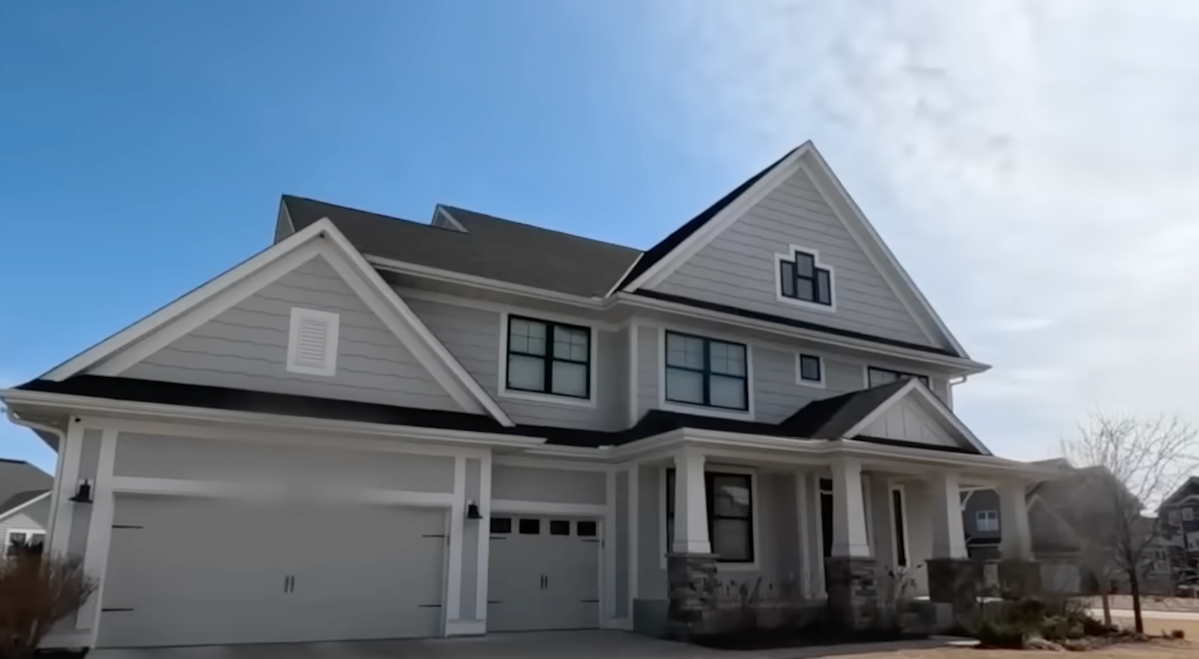C
ities and towns across the US are grappling with a disturbing rise in pedestrian fatalities. According to Heidi Simon, director of thriving communities at Smart Growth America, fatality rates have reached levels not seen in over 30 years. Since 2010, pedestrian deaths have increased by 75%, with the South and Southeast experiencing the highest rates.
A lack of safe, walkable spaces not only harms community health but also stifles real estate growth. Simon emphasized that changes to the built environment can significantly improve safety and accessibility. "We want to support places where everyone can be their best selves," she said, highlighting the importance of creating neighborhoods with housing options.
Real estate professionals can play a crucial role in advocating for safer infrastructure, such as bike lanes and walkable neighborhoods. According to NAR's Community & Transportation Preferences Survey, 78% of people would pay more for a home in a walkable community. By attending city planning meetings and pushing for long-term benefits, real estate professionals can improve home values and desirability.
The recent Smart Growth America report highlights the disproportionate impact on communities of color, with American Indian and Alaska Native populations facing higher pedestrian fatality rates than any other racial or ethnic group. Simon stressed the need to address vehicle speed, which is the leading contributor to pedestrian deaths, as well as the increasing size of vehicles like SUVs and large trucks.
More than 1,700 Complete Streets policies have been passed in the US, including those adopted by state governments and local jurisdictions. Smart growth advocates prioritize locating essential services near residential areas, reducing car travel, and giving communities a say in decision-making processes.
To improve safety, community developers can implement physical barriers, visual distractions like trees and murals, and lower speed limits in populated areas. According to the National Traffic Safety Board's 2017 study, pedestrians are more likely to survive crashes at speeds of 20 miles per hour or less.
Real estate professionals can take proactive steps by investing in neighborhood development and advocating for smart growth initiatives. NAR's Smart Growth Grants program has awarded over $350,000 to local associations for projects like Complete Streets initiatives and community polling on growth and development.




